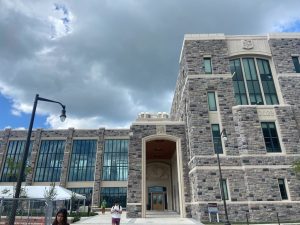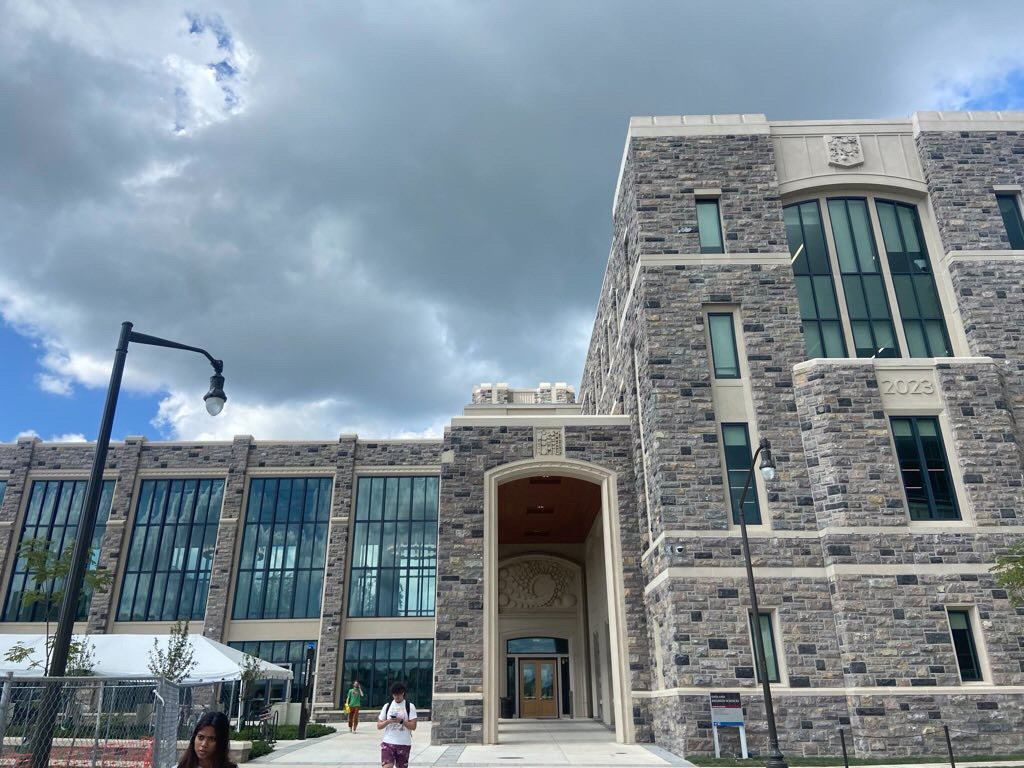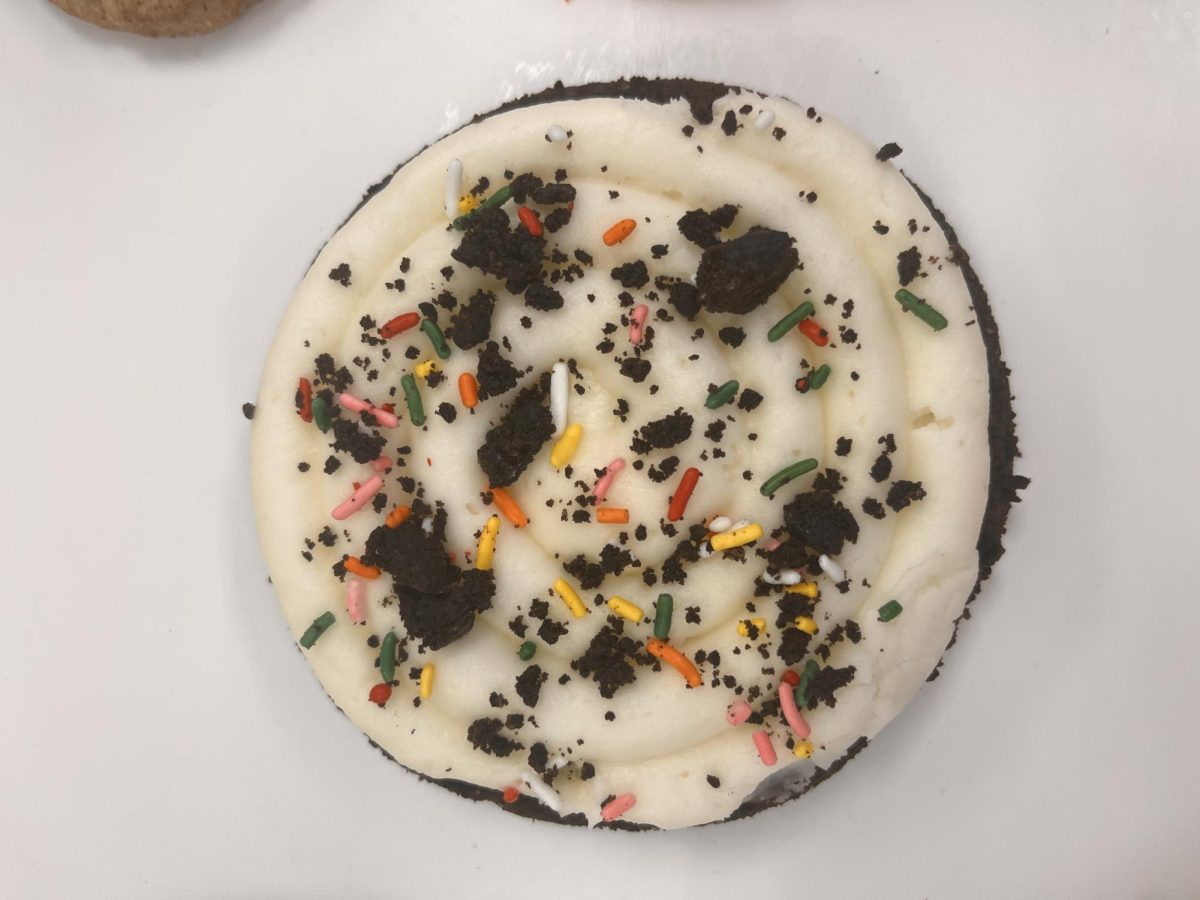Senior Anand Gandhi starts looking at colleges, considering cost, size, academic programs and, to help him make his final decision, college aesthetic. Modern colleges have lots of windows, pavement and simplicity, while traditional ones have many trees and colonial style buildings. It’s clear to Gandhi what he’s looking for.
Whether it be modern or traditional, college campuses have been a significant part of American universities, dating back to the country’s founding in 1776. The Journal of Place states that colleges started replacing mud with lawns and shaded trees to represent a community, now known as landscape architecture.
“I like a modern look to colleges. Some colleges that I’m looking forward to applying to are Virginia Tech and George Mason,” Gandhi said. “I feel like there’s more to do and more fun that comes with a modern-looking college.”
Modernism rose in the 20th century and represented functionalism, simplicity and the innovative use of materials. An example of modernism on college campuses is Virginia Tech, known for its neo-Gothic architectural style buildings made of Hokie stones. Hokie stones, a mineral stone found throughout the Appalachian mountain region, continued to be used in VT’s buildings even after the modernism of the campus.

(Photo courtesy of Anand Gandhi.)
“Architecture is often overlooked when applying to colleges.” senior Aditi Bhattacharjee said. “I personally prefer a more of a dark academia look when looking at colleges because of the aesthetic, like Yale, William and Mary, and the University of Virginia.”
According to a Bucknell University study, historical styles, such as Georgian and gothic, represent a fixation on values, nostalgia and historical connections. A good example of traditional college landscaping is Thomas Jefferson’s “Academical Village” design at the University of Virginia. Jefferson’s design is organized on a range of specialties around a central lawn surrounded by panoramic views of mountains.
“I like traditional style colleges, like Ohio State University, but it’s also good to be open to different styles of colleges since sometimes you might not get into your first choice college,” senior Leah Thorn said. “I think that before applying to a college, visiting the college would be a good idea.”
Ultimately, the choice between traditional and non-traditional campus architecture comes down to personal preference and the values each student prioritizes in their college experience. Students shape the environment and are also shaped by it. Examples of this are college culture, dress code and impacts on student motivation. Whether a prospective student finds the campus attractive or unappealing, the campus environment leaves a lasting impression on both current and future students. In this way, campuses can be designed to appeal to certain types of students and affect how they behave. In the end, choosing a campus that best aligns with a student is a crucial part of applying and eventually committing to a college.
“When applying and committing to a college, thinking about its aesthetic and architecture is a big thing because you’re going to spend four years at that campus,” Thorn said.

(Huda Noorzai)









